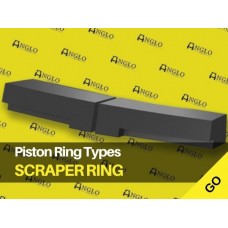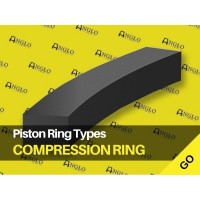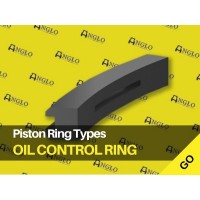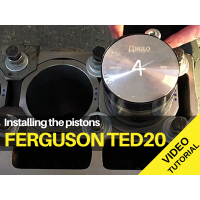Piston Ring Types - Scraper Ring
Expandable split rings are attached to the outer diameter of a piston in an internal combustion engine and are used to provide a seal to maintain gas compression between the piston an the cylinder wall.
The top two rings — known as compression rings — are designed to seal the combustion chamber. The bottom ring is known as the oil control or scraper ring and controls the amount of lubricating oil passing up or down the cylinder walls. Oil control rings are designed with a step recessed into the bottom outface and scrap the oil off the cylinder walls, prevent its entrance into the combustion chamber and send back it to the crankcase.
Oil control rings are designed with a step recessed into the bottom outer face to aid oil scraping. The step allows oil to be stored and can be varied in size. Due to the undercut step, when the ring twists the scraping edge scrapes the oil from the outer edge into the reservoir preventing it from clogging the scraping edge.
Scraper Ring Types
Napier Ring:
The Napier ring (or ‘Hook’) is installed in the second groove and is used in compressors of air brake systems. However the Napier ring has be superseded by the Taper Faced Napier Ring.
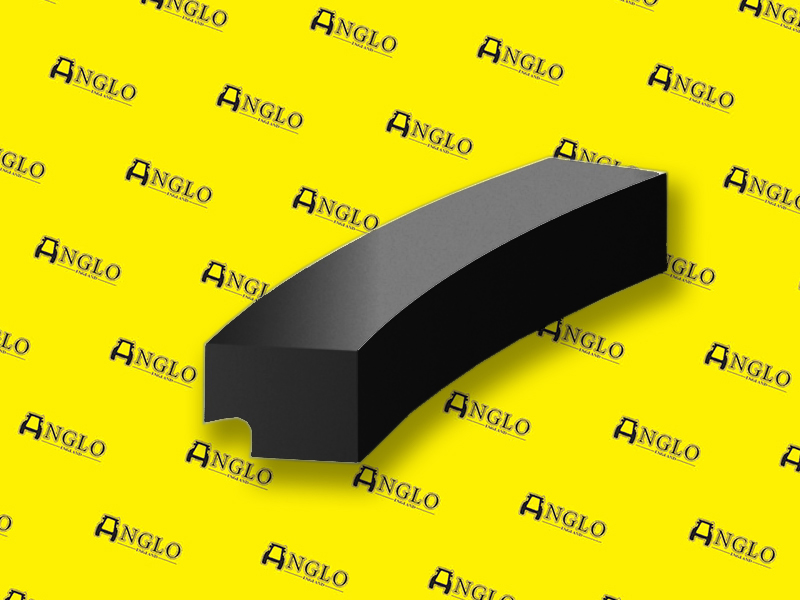
Taper Faced Napier Ring:
More commonly used – the Taper Faced Napier Ring provides a more efficient edge to improve running-in which aides oil control.
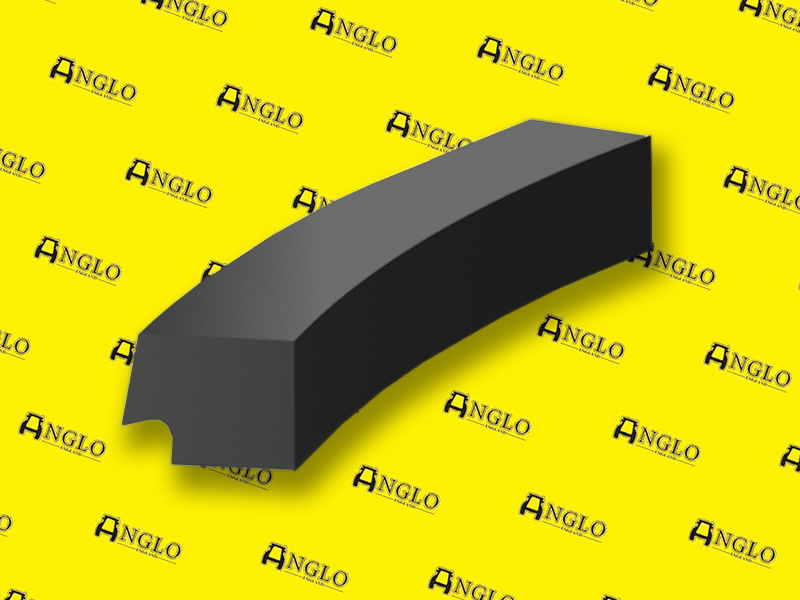
Taper Faced Closed Gap Scraper Ring:
This ring is designed without an undercut – the step runs out at the gap and seals better than the Napier and Taper Faced Napier Rings.
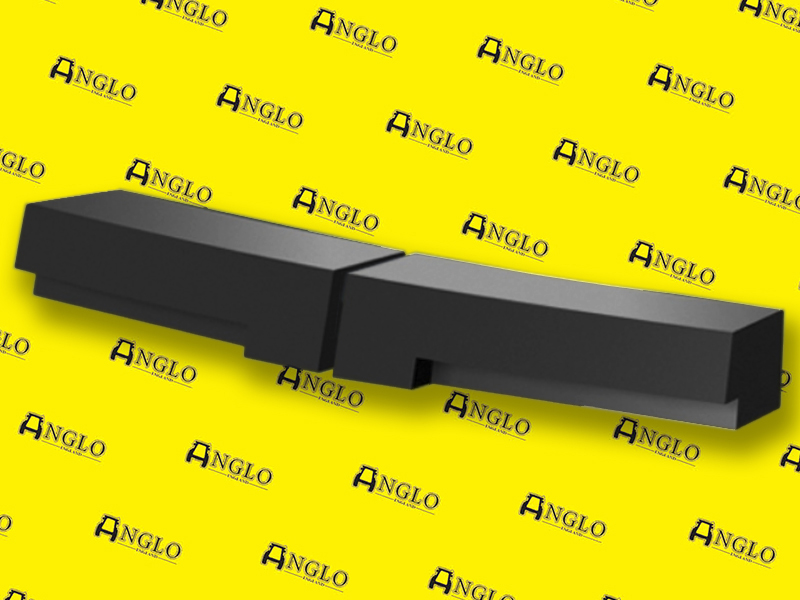

Licence Terms
You are free to: Share, copy & redistribute the material in original format for any purpose as long as you follow the license terms below:
- Attribution – you must give appropriate credit and provide a link to the original article in a reasonable and visible manner
- You may not in any way suggest that the licensor endorses you or your use.
- No Derivatives – The material must be distributed in full, including disclaimer, you may not distribute or share modified material.
- No additional restrictions – You may not apply legal terms that legally restrict others from doing anything the licence permits.
- No warranties are given. The license may not give you all of the permissions necessary for your intended use. For example other rights such as publicity, privacy, or moral rights may limit how you use the material.
Disclaimer
Related Articles
Piston Ring Types - Compression Ring
A compression piston ring is a metallic ring used to seal the chamber in a combustion engine in order to maintain gas compression between the piston and cylinder wall, and assuring the flow of heat from the piston to the cylinder.
Piston Ring Types - Oil Control Ring
Oil control rings are located in the bottom piston groove and their function is to control the supply of oil to cylinder wall to lubricate the piston skirt.
Ferguson TED20 - Installing The Pistons - Video Tutorial
Progress is being made! - In their latest video Gordon & Oscar install the pistons - the beating heart of an engine. Combined with piston rings they perform the crucial task of creating an airtight seal between the combustion chamber and the crankcase. The pressure allows the piston to move up and down within the hollow cylinder of the engine block.


